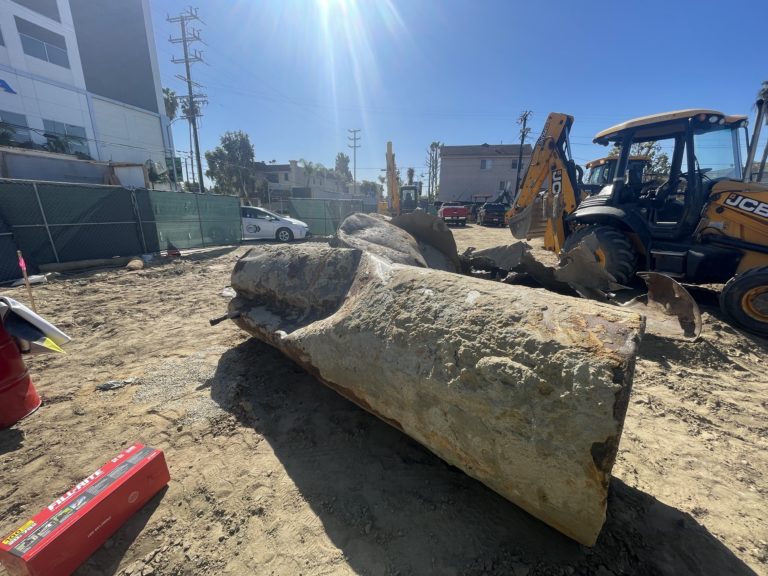Igneous Rock Definition
In the field of geology, the term “Igneous Rock” refers to one of the three major classifications of rock that comprises the earth. As opposed to sedimentary rocks or metamorphic rocks, igneous rock derives from the direct cooling and solidification of magmatic material. Igneous rock comprises a large amount of the planet earth’s crust. To illustrate, geologists today understand that about 90% of the earth’s oceanic crust, and about 60% of the earth’s continental crust, is igneous.
Classification of Igneous Rock
Igneous rock classifications are based on mineral composition and texture:
- To illustrate, “texture” refers to the grain size and arrangement of the minerals in igneous rock. In fact, texture aids in the prediction of the rate of cooling. For instance, large crystals are indicative of a slower cooling process, whereas small crystals are indicative of a rapid cooling process. And textures are also influenced by water and gas content in magma.
- On the other hand, “composition” refers to the individual mineral chemistry, as well as the chemical content of the igneous rock. In fact, the classification of igneous rocks breaks down compositions by feldspar, quartz, and mafic mineral content.
Extrusive Igneous Rock
Extrusive rocks are igneous rocks that have erupted on the surface of the earth. In some divisions of geology, eruptions near the earth’s surface may also classify as extrusive.
Intrusive Igneous Rock
Intrusive rocks are also igneous rocks that have formed within the earth by the replacement of magma within the deep subsurface. In fact, this may occur within another pre-crystallized igneous rock.


